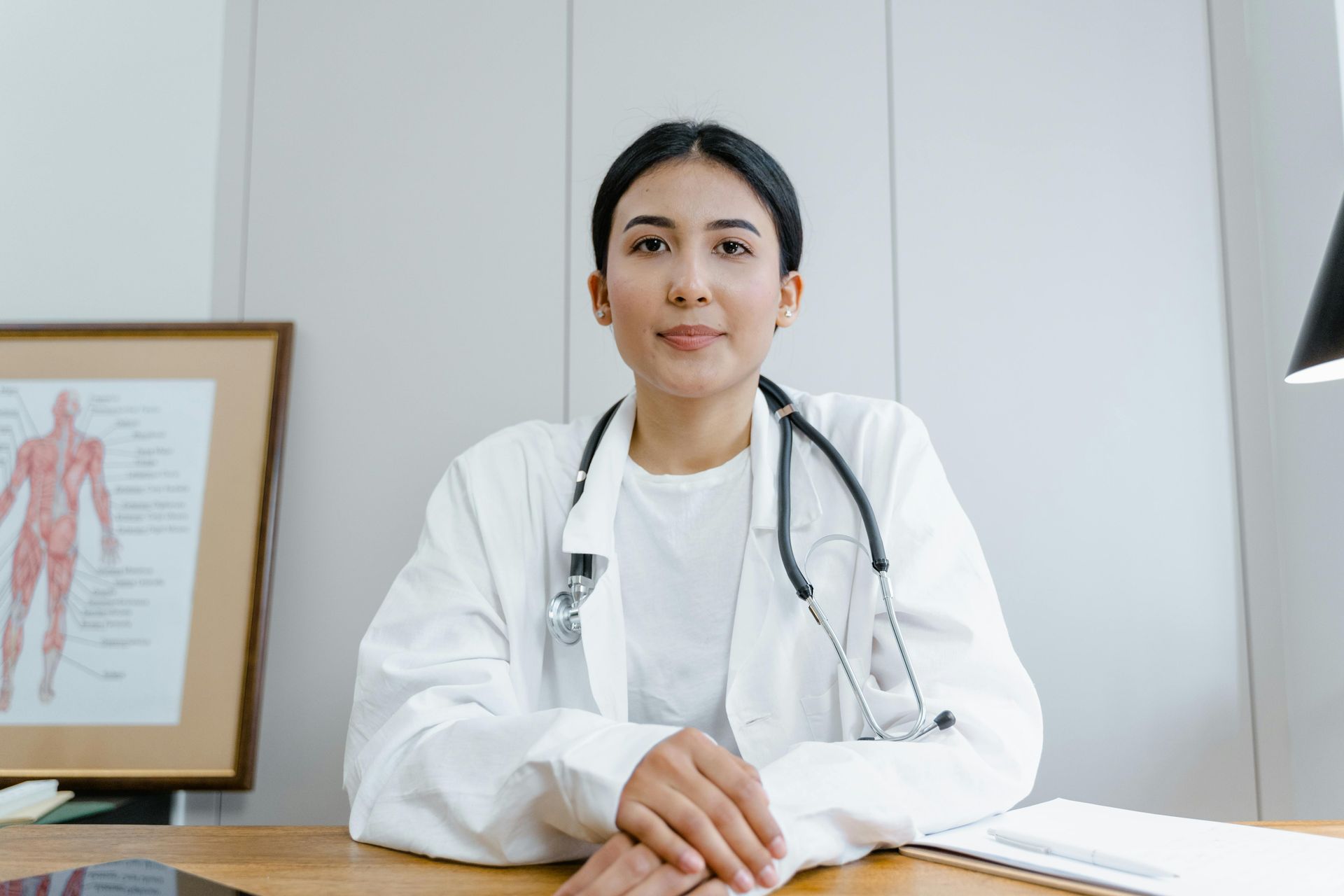Best Covid-19 Disinfection
Our science update…
As the Covid crisis rumbles on, new science is being published. We're learning more about this new novel coronavirus all the time, and one thing is becoming clearer as time passes: UVC light is the answer to a whole load of tricky, complex Covid-19 disinfection issues.
Here are just some of the many reports we're seeing about UV light's efficiency, its effectiveness, and the places we're most likely to see it being used.
Air travel will never be the same - Mandatory masks and empty middle seats
It's great to see the London-based transportation design business PriestmanGoode re-imagining how the airline of the future might look, complete with novel new ways to remain six feet away from your fellow passengers, cleverly staggering rows of seats, and allowing passengers to form their own 'bubbles'. They're also looking at floor to ceiling screen dividers and seamless seating. They've come up with a fantastic seat fabric that changes colour when it's clean, and they also propose using far-UVC light to kill airborne germs and virus particles in aeroplane cabins.
Indoor air quality experiments
As reported by BMC, Indoor Air Quality or IAQ has a significant influence on people's health, comfort and well-being. Poor IAQ also affects the quality of our work and ultimately lowers our productivity.
One of the biggest sources of indoor air pollution is micro-organisms, which - as we know only too well - can cause even more serious problems than some organic and inorganic air pollutants. You also get many more pathogens in the air when a building's ventilation isn't good enough. No wonder so many ventilation systems act as breeding grounds for harmful bacteria and viruses. Luckily vacuum-UV lamps are a really effective way to disinfect a room and kill the airborne microorganisms that float around in it.
At-Home UV lights are not a safe bet
As reported by Livescience, ultraviolet light has been used to stop pathogens for decades. It works on SARS-CoV-2, the virus behind the pandemic. But you need the exact kind of UV light, in the right doses, to be effective. It's important to know that many of the at-home UV-light devices you see online, that claim to kill SARS-CoV-2, do nothing of the sort.
Home UVC lamps can easily damage your skin and eyes. Many also come with low or no quality control, so there's no guarantee that you're eliminating the virus. The issue is, you need a very specific dose of UVC to kill pathogens, depending on the surface in question and the size of the space involved. And you need to exact right wavelength too. As the scientists say, “This kind of accuracy isn't possible with at-home devices.”
Forbes on UVC
Virologists at the US National Institute of Allergy and Infectious Diseases have discovered how the SARS-CoV-2 coronavirus stays stable on everyday surfaces like metals, plastic and cardboard. But it doesn't last anywhere near as long outdoors, thanks to the UV light in sunshine.
Researchers at the National Biodefense Analysis and Countermeasures Center exposed SARS-CoV-2 in simulated saliva to artificial sunlight. The sun alone inactivated 90% of viruses within seven minutes, and that's the reason why we tend to be safer outdoors than in.
As Forbes says, “scientists advocate using artificial UV-C in indoor spaces such as on public transportation, in elevators, workplaces and schools, and possibly for services like restaurants, which have a high customer turnover. This would help limit the spread of Coronavirus while allowing everyday life to get back to normal following lockdown.”
Sciencemag supports the shorter wavelength UV used in our machines
Hospitals and labs frequently use ultraviolet light to kill microbes, but it has always been harmful to humans, so has only been used in unoccupied rooms and spaces until recently. The UV we harness in our lamps has a shorter wavelength, a very particular microbe-killing UV light designed to slow the spread of infection in busy places like schools, aeroplanes, food processing businesses, healthcare settings and more.
Aerosol risk reduced thanks to germicidal UV
As we've mentioned, fending off infectious diseases with ultraviolet light, also called germicidal UV or GUV, is nothing new. In the right dose it wipes out viruses, bacteria and other dangerous microorganisms, including the airborne ones that transmit nasties like measles, TB and SARS-CoV-1, a close relative of the virus that's changing our world. As concerns mount that the novel coronavirus can easily by spread through the tiny floating particles called aerosols, GUV is being harnessed to fight the disease in an even wider variety of high risk indoor settings.
Big US bus business decides on UVC for vehicle cleaning
Make your way to Cleveland, Ohio, and meet Barons Bus. They're the first American bus operator to install FAR UV Lighting in their vehicles, mounted inside the buses and set to continually throw out UV light.
The lighting, which gives off a safe UV wavelength, kills 99.9% of viruses and bacteria, including SARS-CoV-2, and there are no harmful chemicals involved. The 222nm wavelength light used is safe for people and animals, as well as a “practical and effective countermeasure for infectious disease and pathogens in occupied spaces”. The light's safety has also been confirmed by many other academic research institutions, including NASA and the US military.
Let's talk UVC for your premises
More and more businesses are tapping into the power of UVC technology to eradicate the novel coronavirus and mitigate its spread between people in shared spaces. How about you – can we help?
- https://www.cnbc.com/2020/08/08/photos-design-studio-re-imagined-plane-with-covid-19-safety-features.html?
- https://bmcinfectdis.biomedcentral.com/articles/10.1186/s12879-020-4847-9
- https://www.forbes.com/sites/jvchamary/2020/06/29/light-coronavirus/#6053028d5853
- https://www.sciencemag.org/news/2018/01/could-ultraviolet-lamps-slow-spread-flu
- https://www.npr.org/sections/health-shots/2020/07/13/890387205/coronavirus-sparks-new-interest-in-using-ultraviolet-light-to-disinfect-indoor-a?t=1597156143956
- https://www.busandmotorcoachnews.com/barons-bus-sees-uv-light-as-the-best-way-to-disinfect-coaches/










